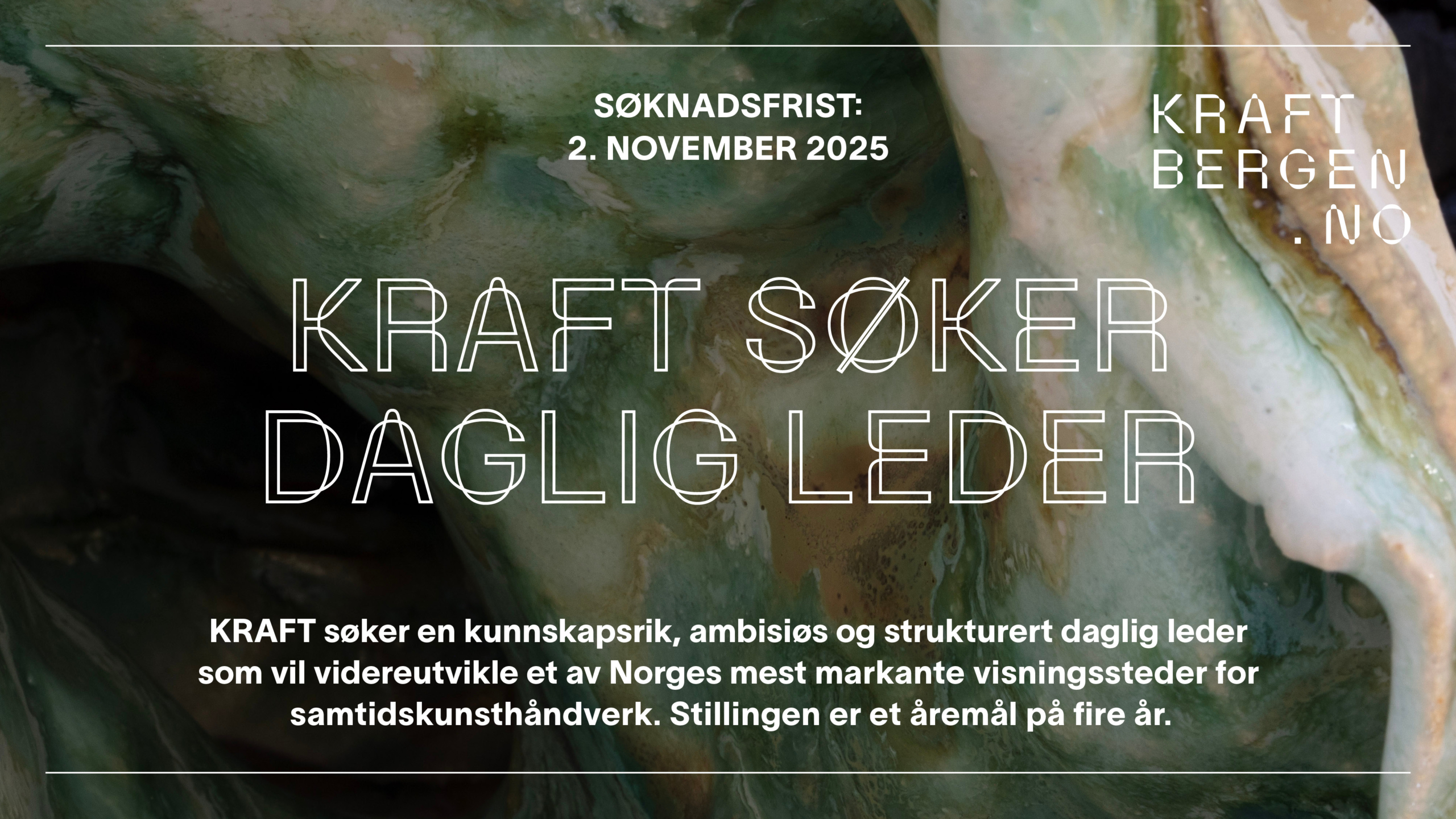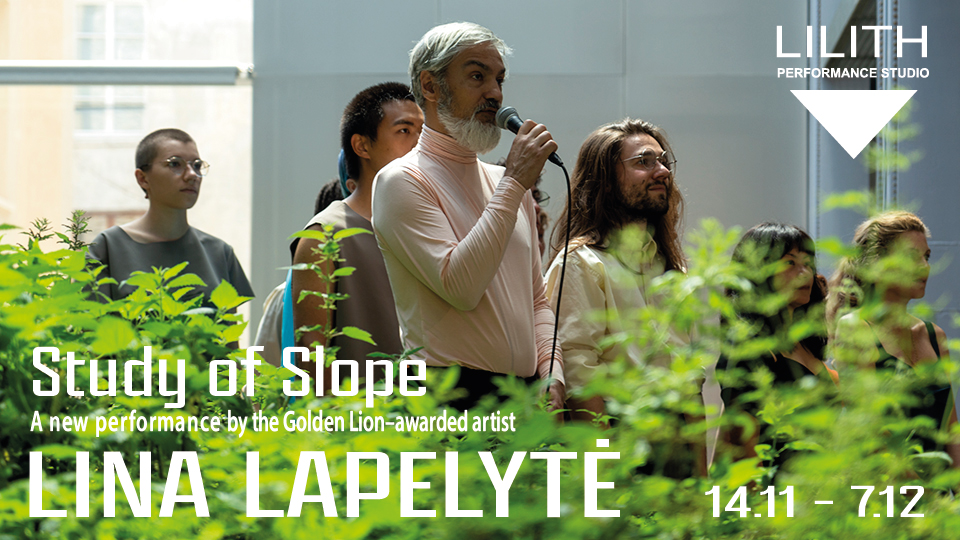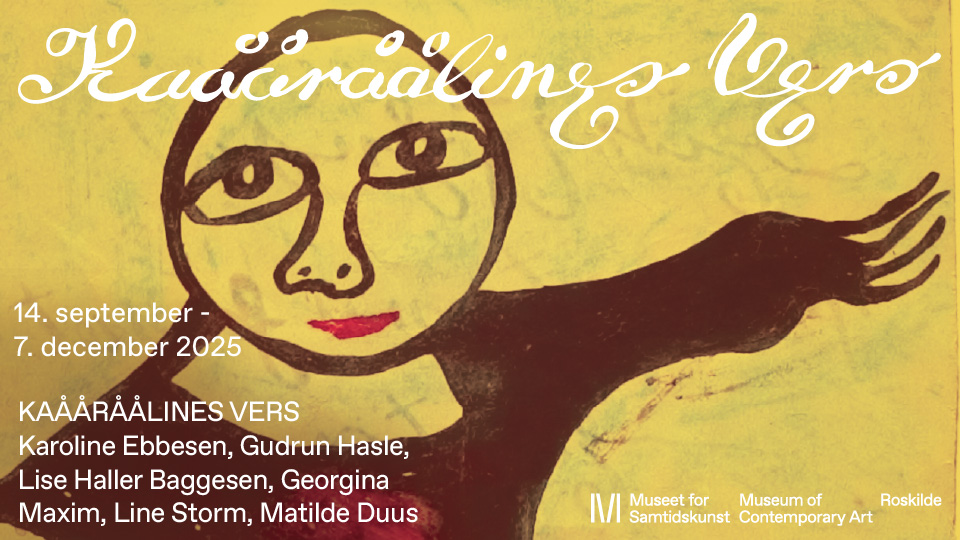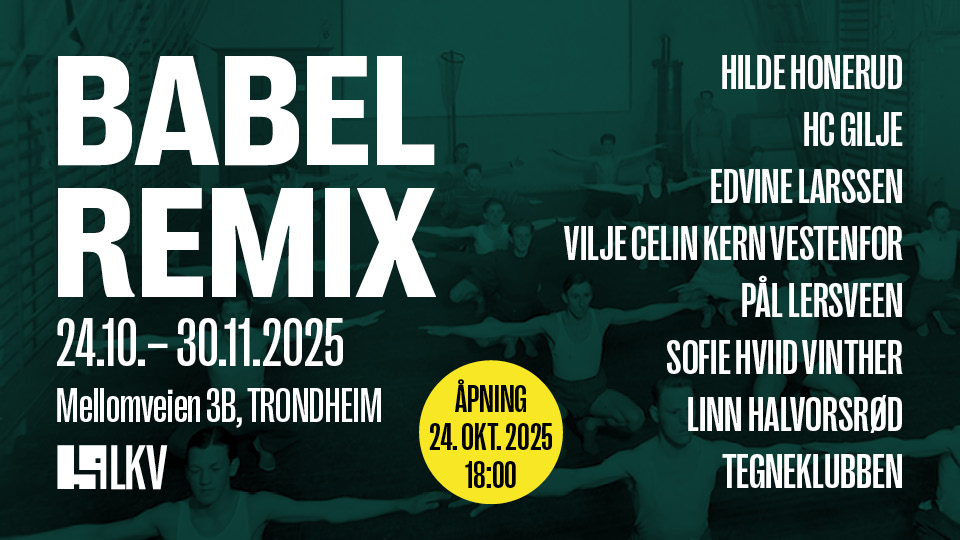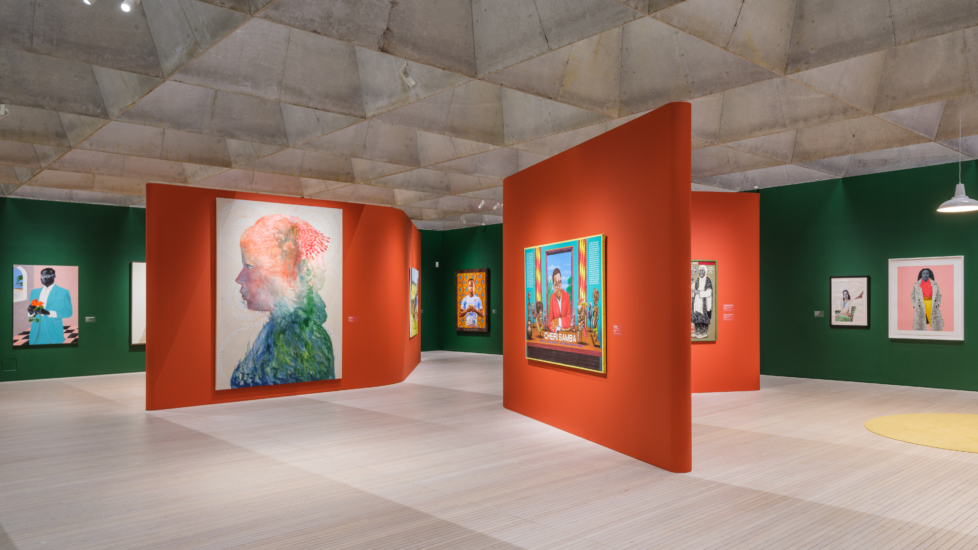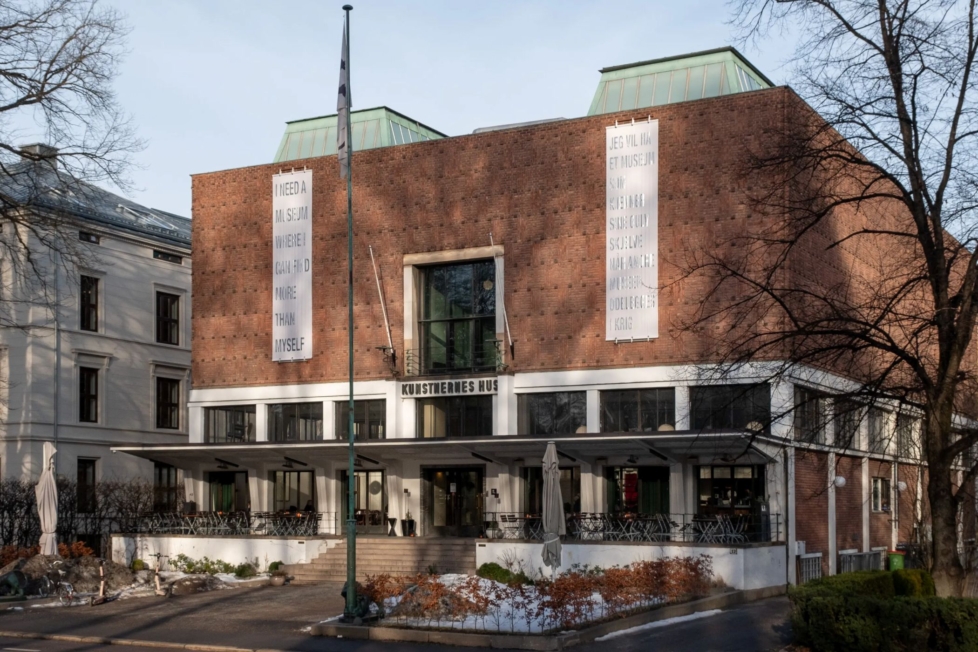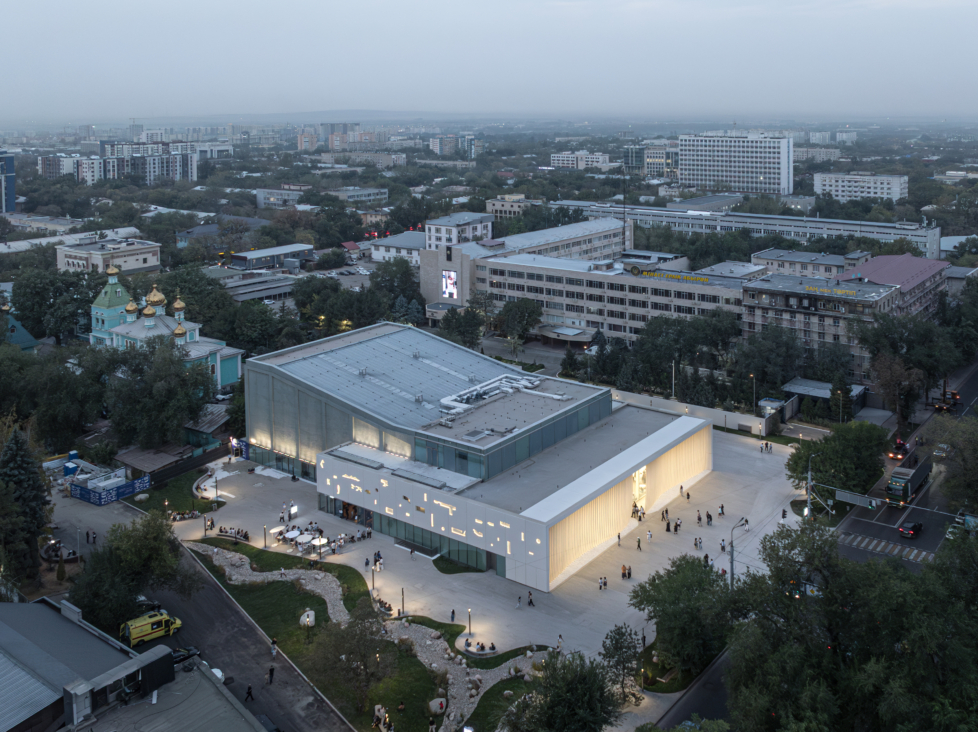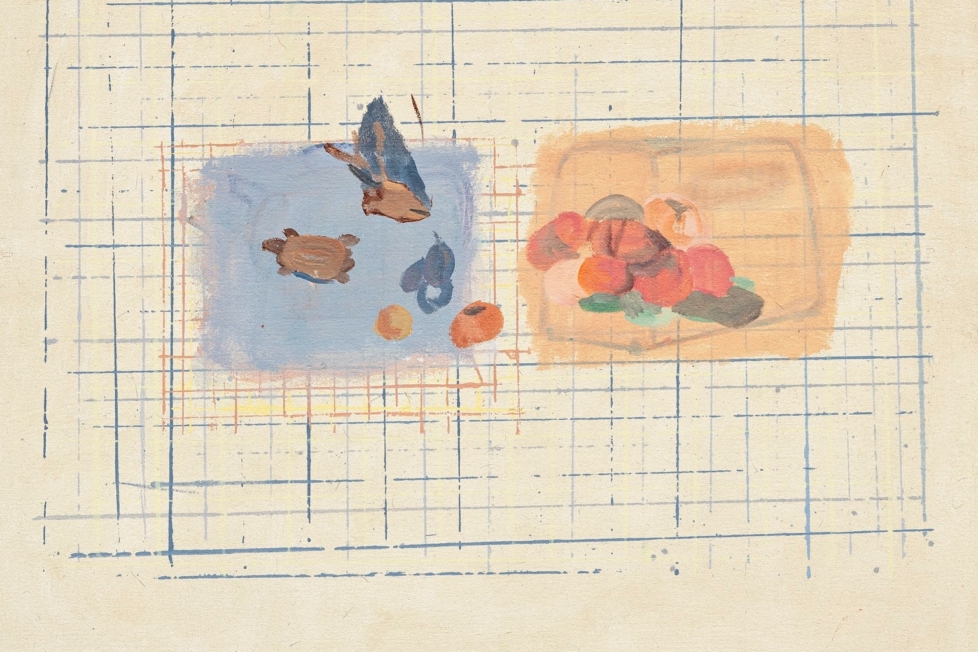
Lisa Tan’s exhibition Dodge and/or Burn takes inspiration from a diagram by the British neurologist and author Oliver Sacks in which he presents a systematic panorama of migraine-related illnesses and associated conditions, which is a lot more amusing than it may sound. Sacks’s diagram is from the 1970s and lacks contemporary clinical relevance, yet as a point of departure for an exhibition that has the ambition to occupy the “intersection between the nervous system and interior life [of humans]” it is fruitful. Yes, it resembles a floor plan – one that Tan has utilised to structure the room and to position the artworks – but could just as well be perceived as concrete poetry or speculative neuroscience.
To understand Tan’s exhibition as an inner view of a psyche makes it far-reaching and encourages us to explore subjectivising processes. The threshold between reading and experiencing the exhibition is refreshingly low. Since an enlarged version of Sacks’ diagram is the first and last thing we see, it becomes indicative of how fragmented and impulse-driven the experience of an art exhibition can be. Doubt is a form of intelligence in Tan’s universe.
In Accelerator’s two large halls, Tan has constructed the installation Promise or Threat (2023), which comprises an intricate system of half-built walls based on Sacks’s drawing. In certain places the walls are complete, but largely it is only the studs that have been put in place, meaning that viewers must move around the room through gaps in the unfinished walls. The installation plays with the stern and controlling tone of voice, contradicting itself to expose an individual who is completely neurotic, fragmented, disorganised, and above all relational. The system of semi-finished walls therefore becomes not only the exhibition’s spatial architecture, but moreover the external structure that prevents its protagonist from falling apart.
The other works in the exhibition establish a subject position that Tan both explores and argues with. In the two-part video piece Dodge and Burn (2021–23), Tan places herself at the centre as she repeatedly attempts to film the Fourth of July fireworks over Los Angeles from a descending commercial flight. During the first go in 2018, she forgot to press the record button. Her friend Adrian, who was also filming, used the wrong lens for his camera. Neither of them succeeded in capturing the fireworks over LA’s flat expanse. In 2019, she started chatting to a “cuddle therapist” during the flight, but this time she didn’t forget to film, no, instead the flight lands 45 minutes early and it was far too light to see the fireworks. In 2020, the airplane took a completely different route and flew in over the city from a direction that made it impossible to catch the fireworks on video. Yes, it’s hilarious.
The unrealized video sequence – a sublime and chemically-induced celestial spectacle – of course makes Tan see something wholly different: “… through this evasion / another image of violence revealed itself.” The violence Tan speaks of is very much concrete – increased weapon sales in the US during Covid, right-wing violence directed toward Black Lives Matter protests, police brutality in the 1960s – but its presence in the video unfolds in the background. This is because Dodge and Burn is primarily concerned with the effects of burnout, not its cause: “My intellect can’t keep up with what touches me.”

Letters From Dr. Bamberger (2001–2012) is similar to Dodge and Burn in its self-reflexive movement. The work consists of nine framed letters written by the artist’s GP during the decade she visited him at his clinic in Beverly Hills. The letters represent Tan’s general health through the doctor’s dry matter-of-fact language. We understand that Tan’s blood levels have been fully normal year after year. She has recurring problems with temporomandibular joint disorder (TMJ). Stress, breathing difficulties, and headaches recur year after year. These nine self-portraits, each as large as a face, stretch out in time, remoulding Tan’s body. They hang in a tight row at the far end of one of the rooms. Depending on which way we read the chronology, the body either accumulates more and more constraints with age, or it repairs itself and eliminates all symptoms, diseases, and dysfunctional cells. Physiological decay or regeneration?
The need to withstand the loss of control that comes with having an unruly body, or a psyche that cannot think clearly, is dealt with in a more laconic and relaxed manner in Waiting Room Series (2019, 2023). Tan has photographed reproductions of artworks – think posters from a museum shop – that she has encountered in the waiting rooms of different physicians. They are reproduced full-scale with the studio wall clearly visible around them. In the exhibition, they are presented in clusters, hanging together in traditional gallery fashion. Those with a mind for institutional critique can see how Tan comments on the value-creating processes of the art world. By creating a reproduction of the reproduction, she upgrades the inferior poster to an original work by contemporary artist Lisa Tan. The change in value probably amounts to a few thousand percent.
This is potentially interesting, but to some extent it is a fairly banal work whose content is better addressed elsewhere. Its function as a relaxation area enabling reflection inside the exhibition space is much more interesting. To contemplate these photographs in situ is to witness Gertrude Stein’s washed-out trope “a rose is a rose is a rose” being repurposed as a mood stabiliser. The work creates a bridge between the person who looks at contemporary art but has no idea what the hell is going on and the nervous patient in a waiting room waiting for answers. What do my symptoms mean? Can I be repaired? Does it hurt? I don’t know who I am?

The exhibition Dodge and/or Burn gravitates around a centre which could be Lisa Tan – a middle-aged artist; American expat; professor at Konstfack University of Arts, Crafts and design in Stockholm; woman; immigrant – who is trying to come to terms with disturbances to her executive functions. Some kind of crisis is definitely unfolding. But the subject is unstable and evasive, cannot hold itself together and keeps asking the viewer to take its place. Tan’s transformation becomes my own.
In the sculpture Pa (2023), Tan has built a replica of an enormous product logo from a well known electronics company. The letters are then scattered across the rooms. They emit a clinical, watery light and suggest the difficulty in comprehension that language can present to a person whose thinking has been disrupted by conditions – sickness, trauma, grief – beyond their control. The work certainly places the subject’s experience of language at the centre, but Tan also succeeds in capturing the arbitrariness that characterises all human communication: do we understand each other?
Tan is an artist who knows how to balance ambitious intellectual postulations with a disarming sense of humour, which turns Dodge and/or Burn into a highly entertaining experience. The recurring melancholia carries a hysterical undercurrent of “Oh My God, Are You 4 Real?” that has been incorporated so seamlessly it only becomes apparent in certain moments. It is this feeling that makes me come to terms with my own self, my own subject – and lets the exhibition get under my skin. Tan makes manifest that the insecurity – the doubt – inherent in both art and illness is a condition that can be reconciled.



